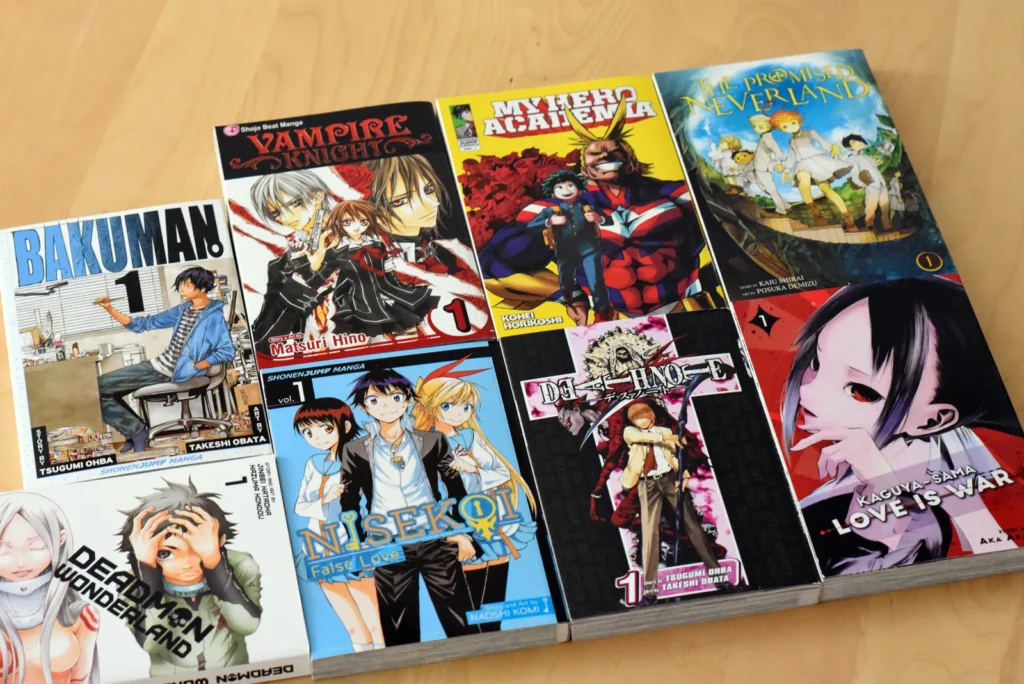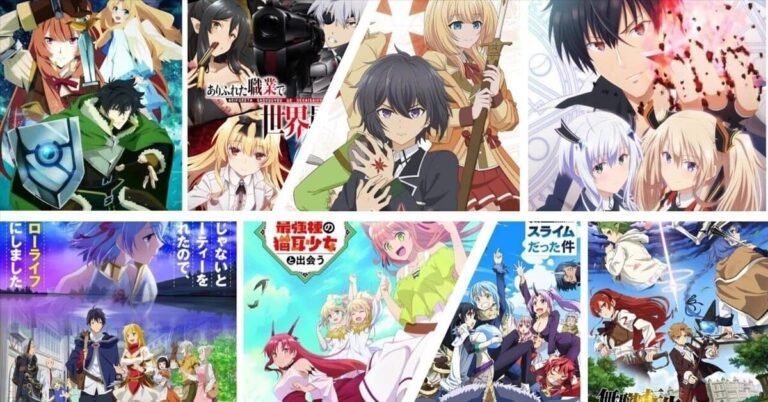Japanese anime has grown from a niche cultural export to a global phenomenon, captivating millions around the world. From action-packed shonen adventures to heartwarming slice-of-life tales, anime offers something for everyone. Whether you’re a seasoned otaku or a newcomer looking to dip your toes into the world of anime, this guide covers all you need to know about Japanese anime series.
What Makes Anime Unique?
Anime, short for “animation” in Japanese, is more than just cartoons. While it includes animated content, it offers rich storytelling, complex characters, and stunning artwork that set it apart. What truly defines anime is its ability to tackle diverse themes like love, war, friendship, and morality.
Here are a few reasons anime stands out:
- Artistic Style: Visual artistry is one of anime’s defining traits, featuring bold colors, detailed backgrounds, and expressive characters.
- Diverse Genres: Whether you’re into romance, sci-fi, horror, or fantasy, anime’s wide-ranging genres cater to every taste.
- Cultural Impact: Japanese anime often incorporates elements of Japan’s culture, history, and folklore, making it both educational and entertaining.
Table of Contents
History and Evolution of Anime
Anime’s roots can be traced back to the early 20th century with influences from Japanese ukiyo-e art and Western filmmaking. Here’s a quick timeline of its evolution:
| Time Period | Key Events |
|---|---|
| Early 1900s | Short animated films begin appearing in Japan. |
| 1960s | The first successful TV anime series, Astro Boy (Tetsuwan Atom), created by Osamu Tezuka, airs and sets the foundation for modern anime. |
| Osamu Tezuka creates Astro Boy, sparking a boom. |
| 1980s |
| The anime industry grows, with iconic creations like Akira and Dragon Ball. |
| 1990s |
| International hits (Pokémon, Sailor Moon) bring anime to global audiences. |
| Present | Anime continues to evolve with streaming platforms driving massive global demand. |
The Different Genres of Anime
Anime is categorized into broad genres. Here’s a breakdown of popular genres and examples to help you find your taste:
Shonen
Targeted at a younger male audience, Shonen focuses on friendship, heroism, and action.
- Examples: Naruto, Bleach, My Hero Academia
Shojo
Aimed at young female viewers, Shojo often features romance and emotional storytelling.
- Examples: Fruits Basket, Sailor Moon, Ouran High School Host Club
Seinen
Seinen is geared toward adult males, often with mature themes and intense plots.
- Examples: Berserk, Tokyo Ghoul, Psycho-Pass
Josei
Like seinen, Josei focuses on adult themes but has a female angle, often showcasing realistic relationships.
- Examples: Nana, Honey and Clover

Slice of Life
Slice of Life anime revolves around ordinary daily life, providing a relaxing viewing experience.
- Examples: Clannad, March Comes in Like a Lion
Isekai
Meaning “another world,” isekai explores stories where characters are transported to alternate universes.
- Examples: Sword Art Online, Re:Zero, No Game No Life
Top Japanese Anime Series Worth Watching
Here’s a list of highly-rated, must-watch anime series across different genres:
| Anime | Genre | Why Watch? |
|---|---|---|
| Attack on Titan | Action/Shonen | Complex plot, jaw-dropping animation. |
| Demon Slayer | Action/Fantasy | Vibrant visuals and intense fight sequences. |
| Fullmetal Alchemist | Adventure/Drama | Engaging story with memorable characters. |
| Your Lie in April | Romance/Drama | A tearjerker with beautiful music integration. |
| One Piece | Adventure/Shonen | Iconic, with over 1,000 episodes of storytelling. |
The Role of Streaming Platforms
With the rise of Netflix, Crunchyroll, and Funimation, accessing anime has never been easier. These platforms also invest in high-quality subtitling and dubbing, making titles accessible to non-Japanese speakers worldwide.
Popular Platforms for Anime
- Crunchyroll: Offers a massive library of subbed and dubbed anime.
- Funimation: Great for English dubs and exclusive titles.
- Netflix: Features anime originals alongside classics.
- Hulu: Hosts a smaller but growing collection of popular shows.
FAQs About Japanese Anime Series
Q1. Can anyone enjoy anime, or is it for kids only?
Anime caters to all age groups and interests. From child-friendly series like Pokémon to mature content like Death Note, there’s a wide age range.
Q2. How can I start watching anime if I’m new to it?
Begin with widely-loved series such as My Hero Academia (for action), or Spirited Away (for films). Streaming platforms like Crunchyroll and Netflix are a great starting point.
Q3. Is anime only in Japanese? Can I watch with subtitles or dubbing?
Anime is traditionally voiced in Japanese, but there are plenty of dubbed versions available in multiple languages, including English, Spanish, and German.
Q4. How long does an anime series typically run?
While some, like One Piece, run for decades, most series range from 12 to 24 episodes per season. Mini-series may have fewer episodes.
Q5. Why has anime become so popular worldwide?
Anime’s unique storytelling, high-quality animation, and ability to tackle universal themes resonate with audiences. Streaming platforms have also made it globally accessible.
Why Anime Fans Keep Coming Back
Japanese anime isn’t just entertainment. It’s a cultural art form blending storytelling, artistry, and emotion to create deeply enriching experiences. It bridges gaps between cultures, often sparking interest in Japan’s language, traditions, and art.
From colorful characters to impactful narratives, Japanese anime series continue to inspire people worldwide. If you haven’t experienced it yet, consider this your sign to start.
